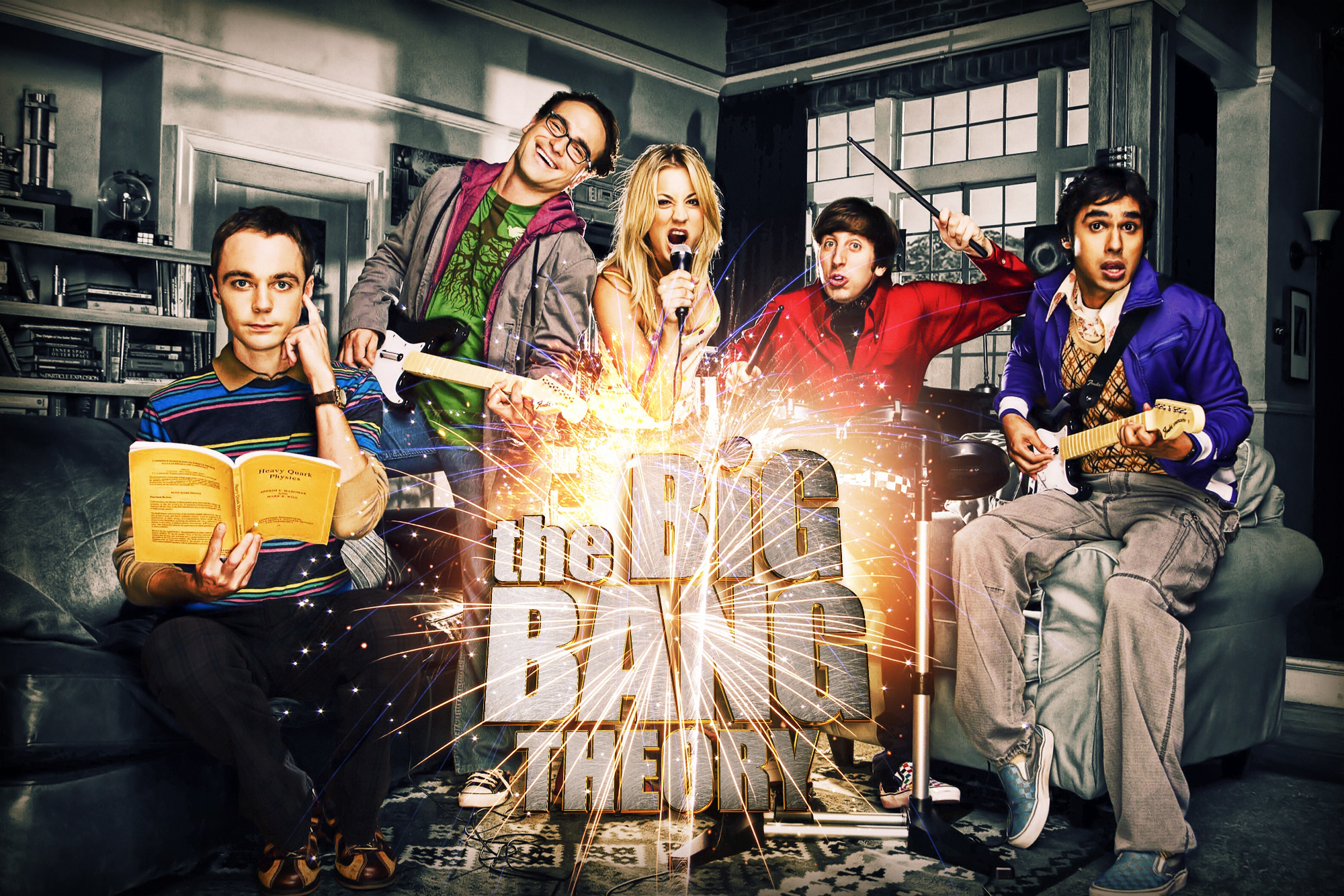PRIVACY ON THE INTERNET
http://edition.cnn.com/2013/04/09/tech/privacy-outdated-digital-age < Do we care about privacy online anymore?
http://ideas.time.com/2012/07/09/what-you-need-to-know-about-the-latest-twitter-privacy-ruling/ < New privacy rules on Twitter - To stop personal information being taken etc.
http://www.businessweek.com/articles/2013-03-05/protecting-privacy-on-the-internet < Safe guarding of individuals online.
http://www.guardian.co.uk/technology/2013/may/16/internet-of-things-privacy-google < Information on social networking sites etc. being tracked so that people can't post personal information etc.
http://edition.cnn.com/2013/04/09/tech/privacy-outdated-digital-age < Will we care about internet privacy in 20 years time?
http://ideas.time.com/2013/04/30/internet-privacy-a-new-bill-finally-offers-protections/ < New internet bill in California which offers protection
MEDIA EDU - REGULATION OF MEDIA
The concept of regulation is at times complex but fundamentally simplistic in its aims and objectives – regulation of the media seeks to protect vulnerable elements within society who may be ‘victim’ to passive consumption, primarily the younger generation. This however, in turn suggests that there is a need for a ‘nanny state’ to keep citizens safe from evil media corporations and their wicked intentions; both true and not true. There is a strong argument in the interactive digital age to suggest that contemporary media audiences are much more sophisticated, active consumers of the media and media representations and are less in need of protection via censorship and regulation but to what degree and who censors and who has the right to censor?

State Censorship and State Media Censorship, as in North Korea and China would be considered as the binary opposite of deregulation and moves towards deregulation in many ‘western’ countries including Europe and North America but if you drill down to what regulation is trying to achieve there is an argument there will always be a need for it – moral panics are celebrated by the right wing press and commonplace in regards to potential media effects but the fact remains that psychologically a child can be seriously affected by exposure to graphic scenes of violence, sexual activity and bad language but crucially is more likely to be affected if there is a lack of understanding. Understanding and the ability to process information are the first steps towards a more sophisticated, active consumption of media representations while an inability to understand what you see and hear can have damaging effects.

Regulatory bodies such as Ofcom, BBFC, ASA and the PCC have responded to shifting trends in society, a more media literate generation and the removal of some government restrictions on broadcasting for example and broadcasting ownership. Without doubt progression within society means a more open culture, wider access to media, more diversification and choice and a digital revolution which has changed what is even understood by the term, ‘media’. The internet has revolutionised culture and the exchange of culture and regulatory bodies have had to respond. Unregulated content is commonplace, global and easy to find at the click of a mouse – ‘traditional’ media including films, television, newspapers, radio and magazines are readily available along with a raft of new media. The concept of regulation has been laid bare and open to question in terms of the idea of gatekeeping mechanisms. Changes in society and moves towards a more liberal culture has trusted the younger generation more with learning about the media via accessing the media and engaging in more interactive consumption. Just like traditional media though new media helps to develop a worldview and a virtual understanding of the world we live in. Mediated culture has replaced objectivity and much of the information we know about the world we live in is via media representations. Right wing, pro regulation campaigners have always stated that parental control should work in conjunction with regulation of the media to create a safer environment – this concept is changing with the march of technology.






